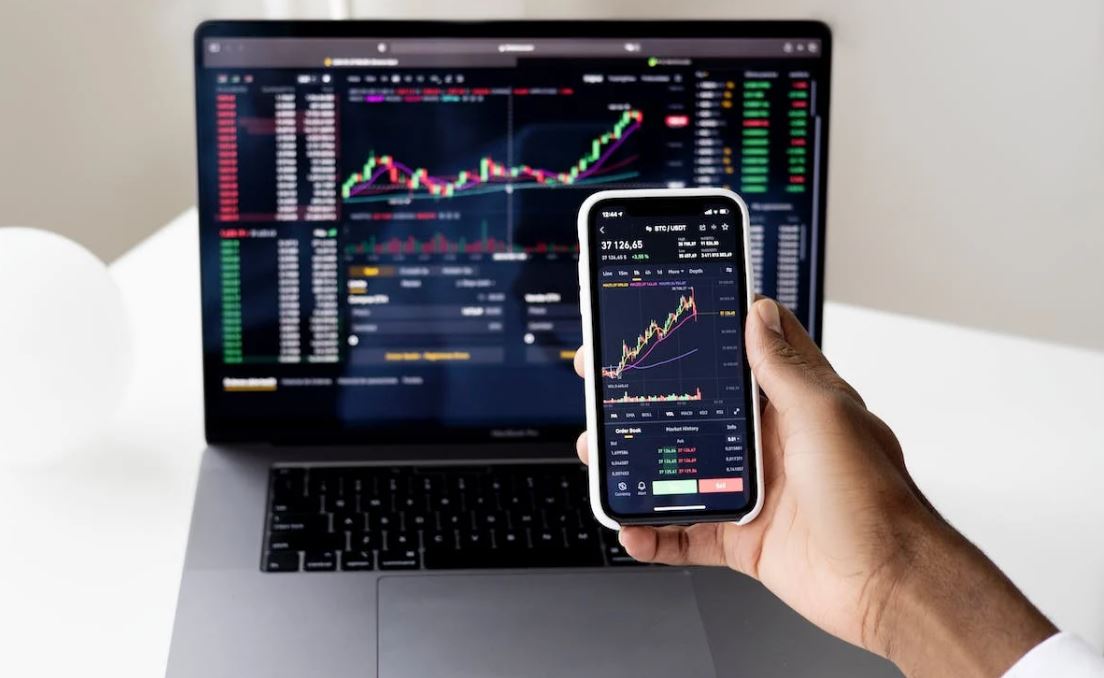
In the context of the stock market, “put” and “call” refer to two types of financial options. These options give the holder the right, but not the obligation, to buy or sell an underlying asset (such as stocks) at a predetermined price before or at the option’s expiration date. Here’s a brief explanation of the difference between a put option and a call option:
Call Option
- Definition: A call option is a financial contract that gives the holder the right (but not the obligation) to buy a specified quantity of the underlying asset at a predetermined price (strike price) within a specified period.
- Purpose: Investors typically buy call options when they expect the price of the underlying asset to rise. This allows them to benefit from potential price increases without having to own the actual asset.
Example of Call Option
Scenario: Suppose you believe that the shares of ABC Company, currently trading at $50, will increase in value over the next few months. To capitalize on this potential price increase, you decide to buy a call option.
- Call Option Details:
- Strike Price: $55
- Expiration Date: 3 months from now
- Premium (Cost of the Option): $3 per share
If the stock price rises above $55 within the next three months, the call option can be profitable. Let’s consider two scenarios at the expiration date:
- Stock Price is $60:
- As the option holder, you have the right to buy the stock at the agreed-upon strike price of $55.
- You can then sell the stock in the market at the current price of $60.
- Your profit per share would be $60 (selling price) – $55 (strike price) – $3 (premium paid) = $2 per share.
- Stock Price is $50 or Below:
- In this case, you are not obligated to exercise the option.
- Your loss is limited to the premium you paid for the call option, which is $3 per share.
Put Option
- Definition: A put option is a financial contract that gives the holder the right (but not the obligation) to sell a specified quantity of the underlying asset at a predetermined price (strike price) within a specified period.
- Purpose: Investors usually buy put options when they anticipate that the price of the underlying asset will fall. This enables them to profit from a decline in price without actually owning the asset.
Example of Put Option
Scenario: Now, let’s consider a situation where you anticipate that the shares of XYZ Company, currently trading at $70, will decrease in value. To benefit from a potential price decline, you decide to buy a put option.
- Put Option Details:
- Strike Price: $65
- Expiration Date: 2 months from now
- Premium (Cost of the Option): $4 per share
If the stock price falls below $65 within the next two months, the put option can be profitable. Let’s examine two scenarios at the expiration date:
- Stock Price is $60:
- As the option holder, you have the right to sell the stock at the agreed-upon strike price of $65.
- You can then buy the stock in the market at the current price of $60.
- Your profit per share would be $65 (strike price) – $60 (buying price) – $4 (premium paid) = $1 per share.
- Stock Price is $70 or Above:
- In this case, you are not obligated to exercise the option.
- Your loss is limited to the premium you paid for the put option, which is $4 per share.
These examples illustrate how call and put options work in different market scenarios and how investors can use them to manage risk or speculate on price movements. Keep in mind that options trading involves risks, and it’s essential to understand the mechanics before engaging in such transactions.
In summary, the key distinction lies in the investor’s expectation regarding the future movement of the underlying asset’s price. If they expect the price to rise, they might consider buying a call option. Conversely, if they anticipate a price decline, a put option might be more suitable. Both options provide flexibility and can be used for various trading and hedging strategies in the stock market.




